How The Rothschilds Created Modern Finance And A Vast Fortune That Has Lasted For Centuries
The Rothchilds come from humble beginnings: the Jewish ghetto in Frankfurt known as the Judengasse.

Mayer Rothchild's father was a trader and money changer.
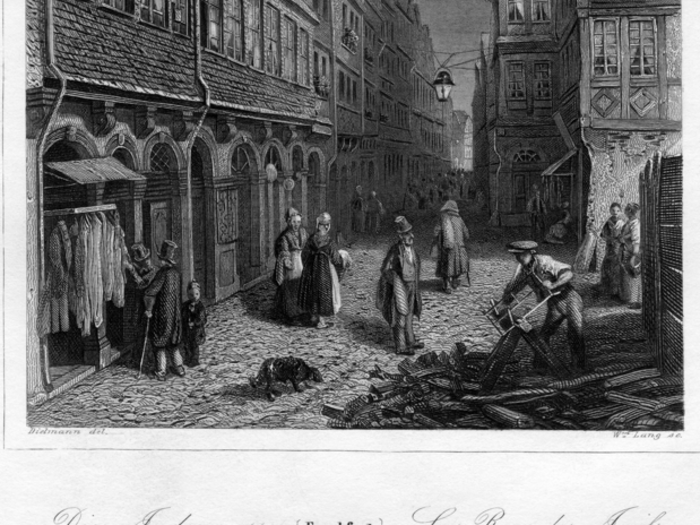
Mayer's father, Amschel Moses, worked as a money changer and silk cloth trader, and had Prince William of Hesse on his client list.
However, Amschel wasn't a rich man by any stretch of the imagination, as his meager dwelling suggests.
Source: The House of Rothschild
After his parents passed away at the age of 12, Mayer went to Hanover to learn finance.
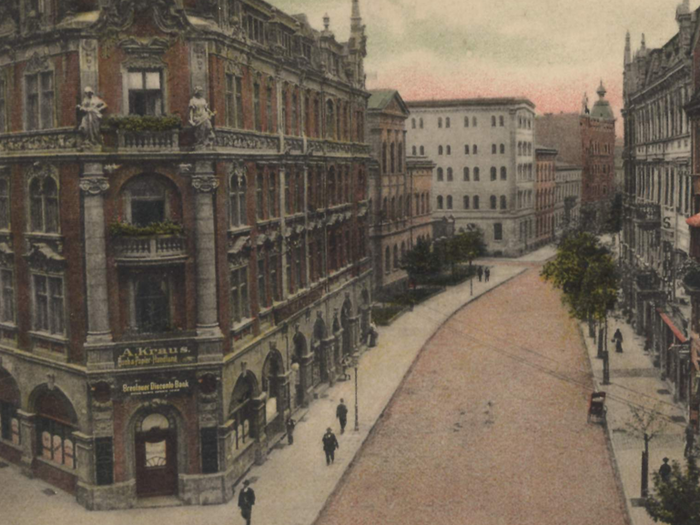
Mayer left rabbinical school in Furth, and honed the craft he had dabbled in as a child. In a letter, he wrote "in my youth I was...a very active merchant, but I was disorganized, because I had been a student [of the Talmud] and learnt nothing [about business]." He worked as an apprentice at the firm of Wolf Jakob Oppenheimer, who provided credit to royalty and engaged in international trade, especially in bullion.
Source: The House of Rothschild
His most important client was also his father's.
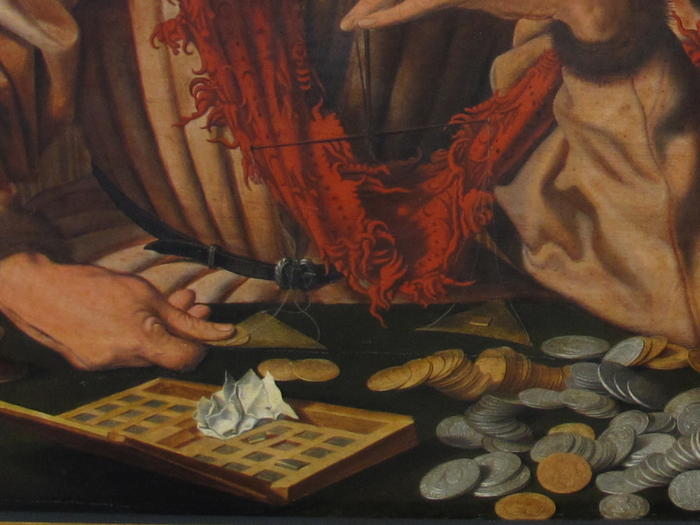
Like his father before him, Mayer was able to ingratiate himself with Prince William and make a decent living by collecting and selling rare coins. Niall Ferguson asserts these "mail-order antique sales" served as the basis for the Rothschild fortune. In 1769, Mayer was granted the title of court agent, which would prove a boon to his money-making opportunities.
Source: The House of Rothschild
Marriage also boosted Mayer's wealth – something he wouldn't forget.
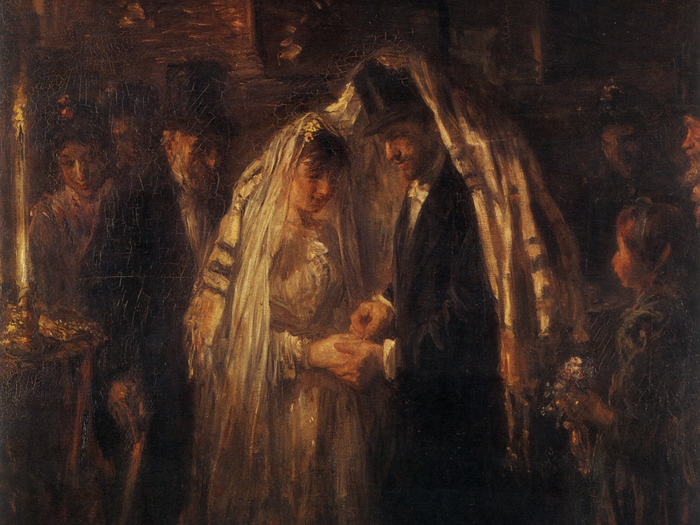
In 1770, Mayer married Gutle Schnapper, and received a generous dowry from her father, who also worked as a court agent. The two would have five sons and five daughters.
In his will, Mayer outlined strict, controversial provisions regarding Rothschild marriages.
Source: The House of Rothschild
Mayer transitioned from antique-dealing to banking
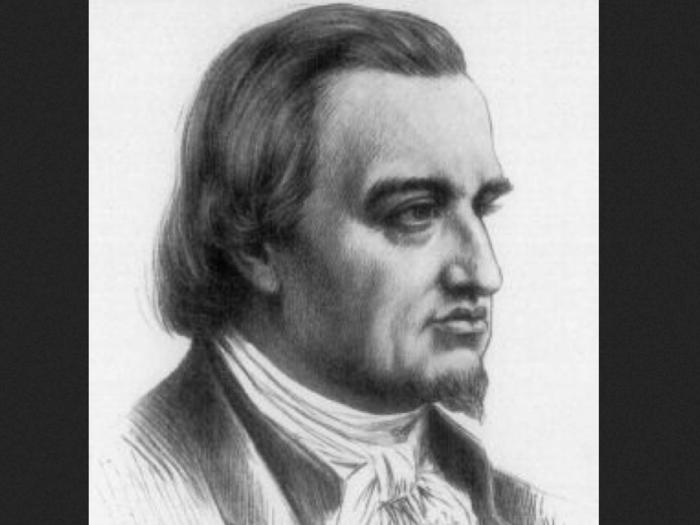
Niall Ferguson describes this as a natural extension of Mayer's work selling antiques, whereby he occasionally provided credit to his customers. His taxable wealth exploded from 4,000 gulden in 1795 to over 60,000 gulden in 1796.
Source: The House of Rothschild
But Mayer's lack of organization made his wealth a target for employees.
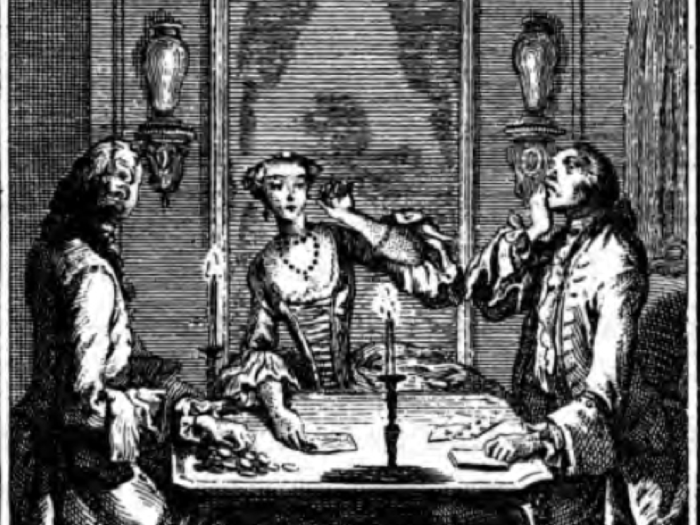
A junior employee named Hirsh Liebmann embezzled nearly 30,000 gulden over a three-year period, thanks in large part to Mayer's "woefully primitive" bookkeeping. In court, Mayer admitted to leaving bags of money out in the open in both his office and house.
Source: The House of Rothschild
Revolutions, both in nations and technology, are what gave Mayer a real fortune.
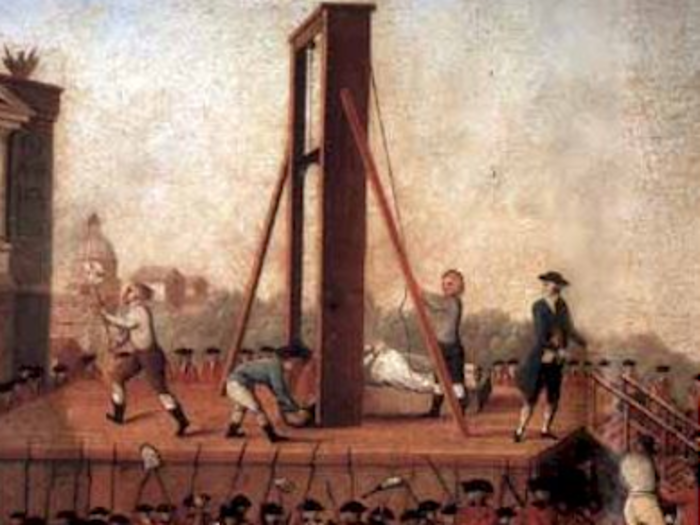
During the French Revolution, Mayer profited by providing supplies for the Austrian army with coin from the British. He also sensed the potential for earnings through industrialization, and was a large importer of English textiles.
He would soon expand his operations in England, and throughout the world.
Source: The House of Rothschild
At the turn of the century, Mayer sent his sons to establish banks in the major European capitals.
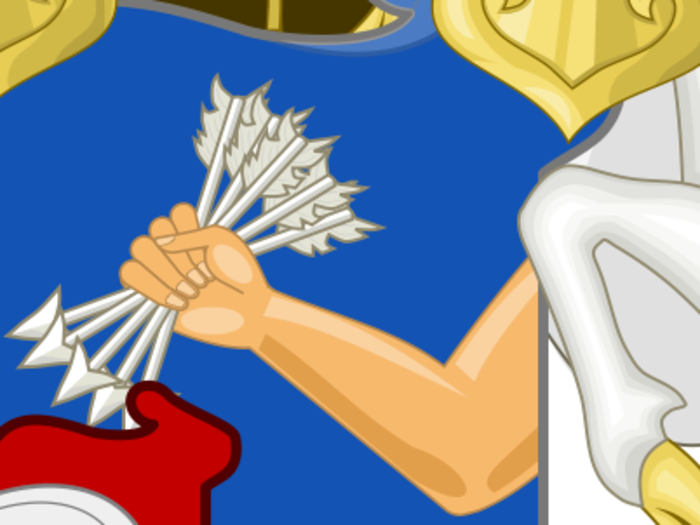
The Rothschild coat-of-arms includes a fist clutching five arrows, a reference to Mayer's five sons. At the turn of the nineteenth century, Mayer sent his sons to establish banks in Frankfurt, Naples, Vienna, France, and London. The release of the "Five Arrows" symbolizes strength through unity, and marks the beginning of the Rothschild's global banking dynasty.
Source: Rothschild Archive
Mayer's will continued to control the direction of the family by promoting intermarriages.
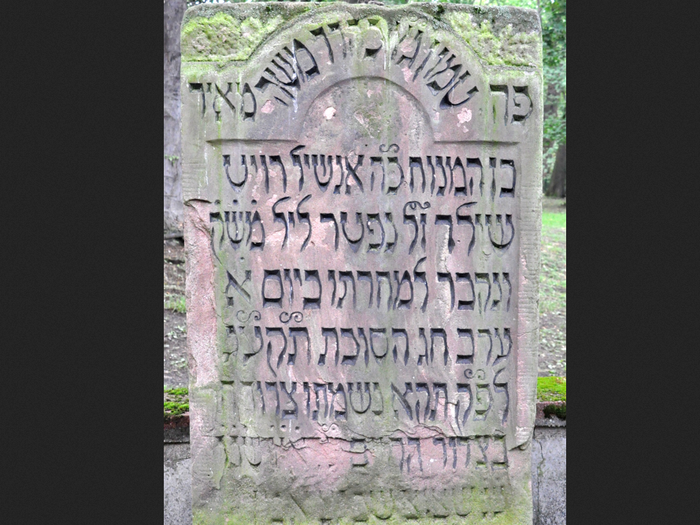
Mayer was concerned that the family's fortune would be diluted as it grew through marriages. As such, his will "barred female descendants from any direct inheritance" and, in effect, provided incentives for intermarriages. Four of his granddaughters married grandsons (first cousins), while one married her uncle.
Source: Discover Magazine
Amschel Rothschild, the eldest son, stayed in Frankfurt to manage the home branch.
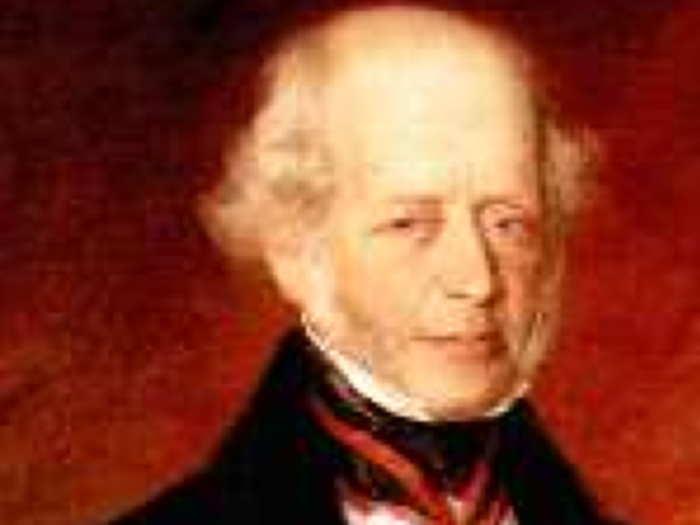
One of the lesser-known of the Five Arrows, he died childless in 1855 and control of the Frankfurt branch passed on to his brother Carl's sons.
Source: Stanford
Carl Rothschild established C M de Rothschild & Figili in Naples.
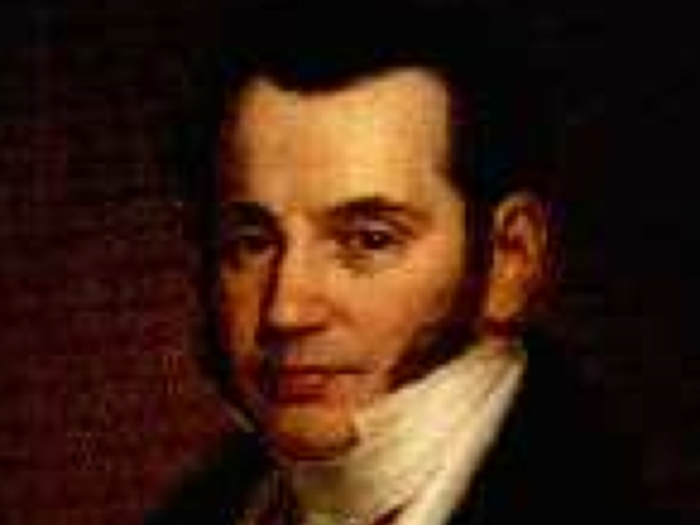
While there, Carl established a close (and profitable) relationship with the notorious ruling de'Medici family. His daughter Charlotte ended up marrying his nephew Lionel, the son of Nathan.
Source: Jewish Encyclopedia
Salomon Rothschild founded S M von Rothschild in Vienna.
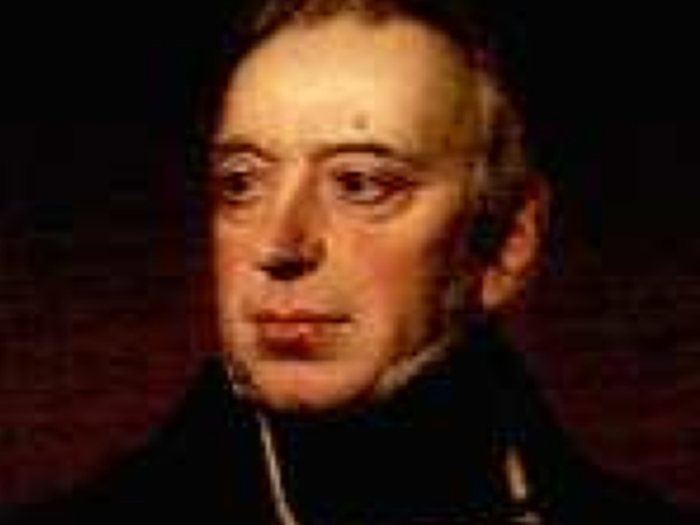
He played a key role in the financing of the Nordbahn rail, and was an avid art collector. Salomon lost some wealth and became a target of public criticism during the revolutions of 1848, and subsequently handed the bank off to his son. His daughter Betty married his brother James, in accordance with family custom.
The Paris branch, De Rothschild Frères, was opened by the aforementioned James.
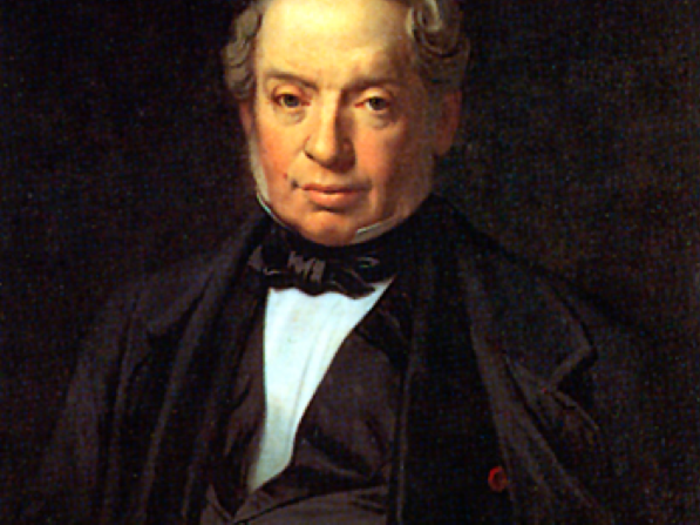
The Paris branch was among the most successful of the family's banking branches, due in large part to James' close relationship with King Louis Philippe. The house where his children grew up is now part of the American Embassy.
James purchased Chateau Lafite, which remains in the family to this day.
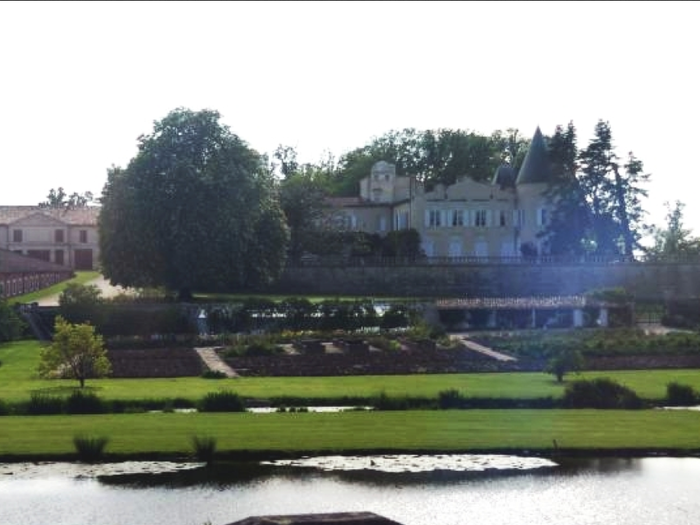
This plot, located in the Bordeaux region, is one of the best vineyards in France.
Source: Lafite
The most successful son, Nathan, got his seed money from Landgrave William XI.
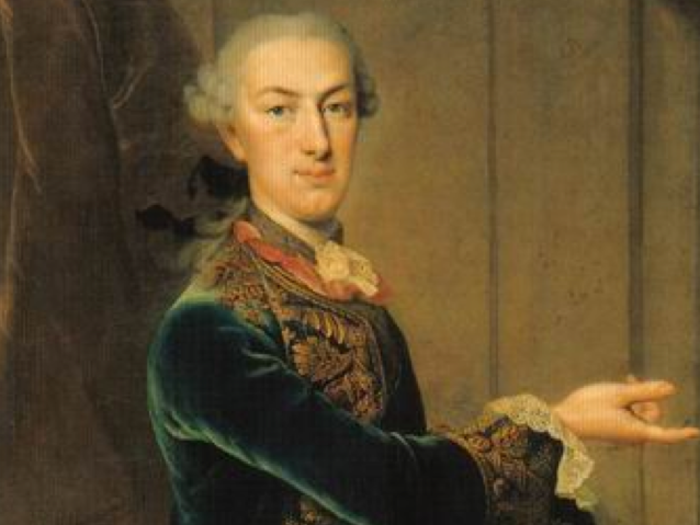
The former Prince William of Hesse, who did business with both Amschel Moses and Mayer, assumed his father's title in 1785. After Napoleon invaded, he fled to Denmark after entrusting Mayer with a substantial portion of his wealth. Rothschild funneled the money to Nathan in England, who earned a handsome return and eventually returned the principal, along with some principal, to William. Nathan's shrewd investments grew the family fortune using the sovereign's money.
Source: Wall Street Journal
Nathan inherited his father's lack of organization, but that didn't stop his rise to the top.
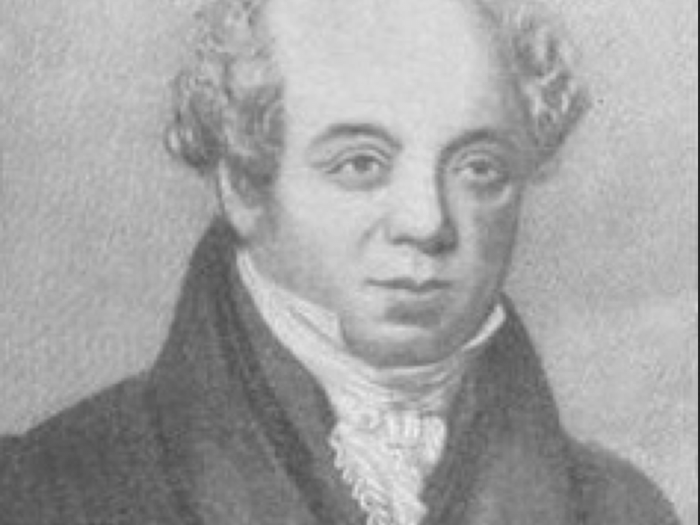
A letter from his father reads, "...all our correspondents complain about you, dear Nathan, and say that you are so disorganized when sending consignments. Sometimes you write that you have sent, for example, the chest with this number, then later [it arrives with] another number...I already complained in Frankfurt about your extraordinary expenditures and disorganization, dear Nathan; I don't like it."
Source: The House of Rothschild
Nathan married into money in 1806 and opened N M Rothschild & Sons five years later.
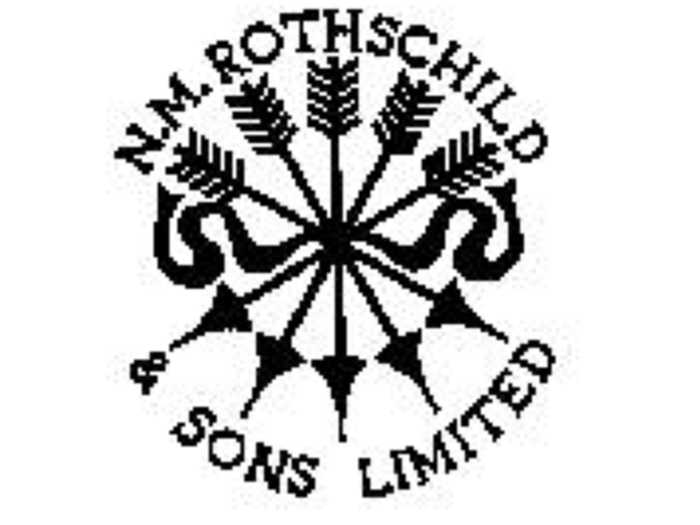
His wife, Hannah Cohen, was the daughter of a prominent diamond dealer: one of Nathan's business associates. The marriage increased his business connections and profits, and he opened N M Rothschild & Sons in 1811. He would pioneer the ingenious strategy of lending to governments during wartime, and having the winner cover the loser's debt.
Source: Businessweek, The House of Rothschild
Nathan stood to make a huge gain or loss based on the outcome of the Battle of Waterloo, and an urban legend suggests he was the first to hear the news of Wellington's victory.
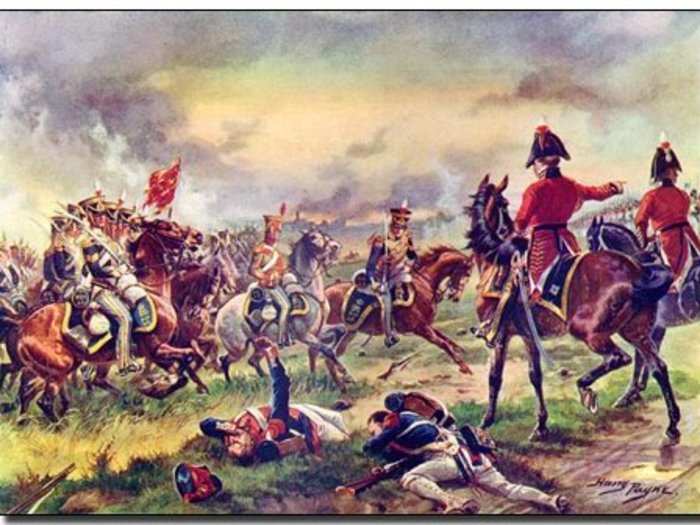
Nathan was stone-faced hearing this incredible news, and proceeded to sell stock in order to trick others into thinking that Britain had lost. When the dust settled, Nathan's agents had picked up even more stock at a discount in a huge profit-making day for the family.
Sources: New York Times, Wall Street Journal
Nathan pioneered the ingenious strategy of lending to governments during wartime.

This tactic, used when Nathan funded Wellington's army in 1814, is the primary cause of the explosion in the family's wealth during what proved to be 150 years of nearly chronic warfare. From 500,000 pounds in 1818, the Rothschilds' wealth rose to 4,330,333 pounds in just a decade while this strategy was implemented across the family branches.
Source: Businessweek
Without stepping foot in the New World, the Rothschild Family dominated international finance.
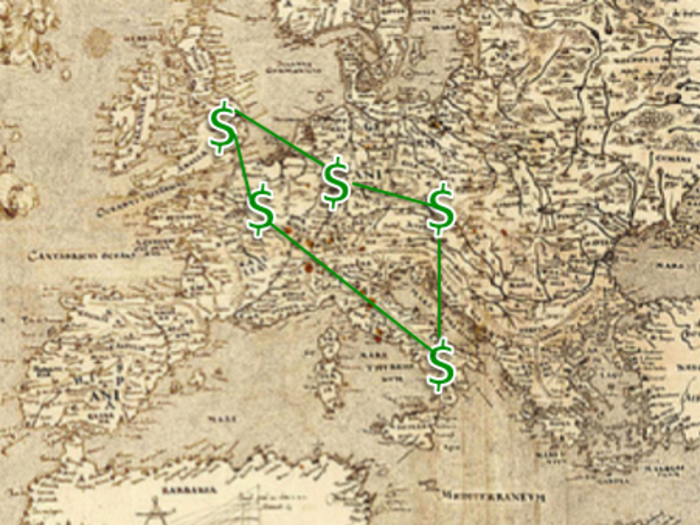
Niall Ferguson outlines the sheer scale of the Rothschild family's operations:
"For most of the nineteenth century, N M Rothschild was part of the biggest bank in the world which dominated the international bond market. For a contemporary equivalent, one has to imagine a merger between Merrill Lynch, Morgan Stanley, J P Morgan and probably Goldman Sachs too — as well, perhaps, as the International Monetary Fund, given the nineteen-century Rothschild's role in stabilizing the finances of numerous governments."
Source: Niall Ferguson via World Empire
And the family's still going strong.
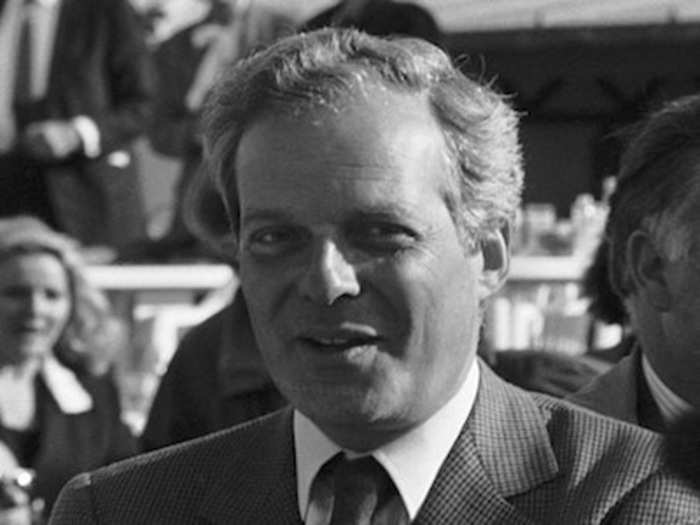
Popular Right Now
Popular Keywords
Advertisement